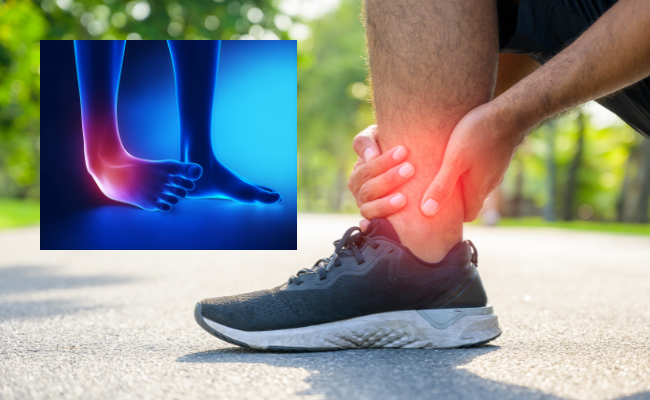How to Treat Sports Injuries?
- November 06, 2023
- No Comments
What is a Sports Injury?
Sports injuries, stemming from physical activity, span a spectrum of conditions impacting the musculoskeletal system. These injuries, ranging from mild sprains to severe fractures, can arise in organized sports, exercise routines, or recreational activities. Whether prompted by sudden trauma (acute) or the gradual development of issues over time (chronic), sports injuries are a potential consequence of regular physical activity. They encompass harm inflicted on the body during athletic participation, highlighting the importance of addressing both acute incidents and long-term issues in the pursuit of overall health.
Why Do Sports Injuries Occur?
Several factors contribute to the occurrence of sports injuries. Inadequate warm-up before physical activity, poor technique or form during exercise, overtraining, and insufficient recovery time are common culprits. Accidents during play, such as collisions or falls, can also lead to injuries. Individual factors, including age, fitness level, and previous injuries, play a role in determining one's susceptibility to sports-related injuries.
How are Sports Injuries Diagnosed?
Diagnosing sports injuries requires a comprehensive approach that often begins with a thorough physical examination by a healthcare professional. This examination involves assessing the range of motion, strength, and stability of the injured area. A review of the individual's medical history, including any previous injuries, is essential for understanding the context of the current injury.
In many cases, imaging studies such as X-rays, magnetic resonance imaging (MRI), or computed tomography (CT) scans may be employed to get a detailed view of the affected tissues. These diagnostic tools help healthcare professionals identify the extent of the injury and any associated damage to bones, muscles, tendons, or ligaments.
Treatment Solutions for Sports Injuries
- Rest and Immobilization: Adequate rest is often the initial and fundamental component of treating sports injuries. This allows the body time to heal without the added stress of physical activity. Immobilization through the use of slings, braces, or casts may be recommended to prevent further injury and support the healing process.
- Ice and Compression: The application of ice and compression is a widely used and effective treatment strategy, particularly in the early stages of injury. This helps reduce inflammation, swelling, and pain. The R.I.C.E. protocol (Rest, Ice, Compression, Elevation) is a commonly prescribed regimen for managing sports injuries.
- Physical Therapy: Rehabilitation through physical therapy is a critical aspect of sports injury treatment. Physical therapists design customized exercise programs to improve strength, flexibility, and range of motion in the injured area. These programs aim to restore normal function gradually and prevent the recurrence of injuries.
- Medications: Nonsteroidal anti-inflammatory drugs (NSAIDs) may be recommended to manage pain and reduce inflammation associated with sports injuries. Pain relief medications or muscle relaxants may also be prescribed based on the nature and severity of the injury.
- Surgery: In cases of severe injuries, especially those involving fractures or torn ligaments, surgical intervention may be necessary. Orthopedic surgeons specialize in these procedures, working to repair damaged tissues and restore stability to the injured area.
Benefit Points of Sports Injury Treatment
- Faster Recovery: Timely and appropriate treatment of sports injuries promotes faster recovery, allowing individuals to return to their normal activities sooner. This is particularly crucial for athletes who aim to resume their training or competition schedules.
- Prevention of Chronic Issues: Proper treatment helps prevent the development of chronic conditions that may arise from untreated or improperly managed sports injuries. Addressing the issue promptly minimizes the risk of long-term complications and ongoing discomfort.
- Improved Functionality: Physical therapy and rehabilitation contribute to improved functionality of the injured area. This not only aids in recovery but also reduces the likelihood of reinjury by enhancing strength, flexibility, and overall biomechanics.
- Pain Management: Treatment strategies, including medications and therapeutic interventions, effectively manage pain associated with sports injuries. This contributes to the overall comfort of the individual during the recovery process, facilitating a smoother rehabilitation journey.
- Enhanced Performance: Following a structured rehabilitation program not only aids in recovery but also contributes to enhanced performance. Strengthening exercises and targeted therapies can improve overall fitness, addressing underlying weaknesses and preventing future injuries.




.jpg)



Comments (0)
No comments yet